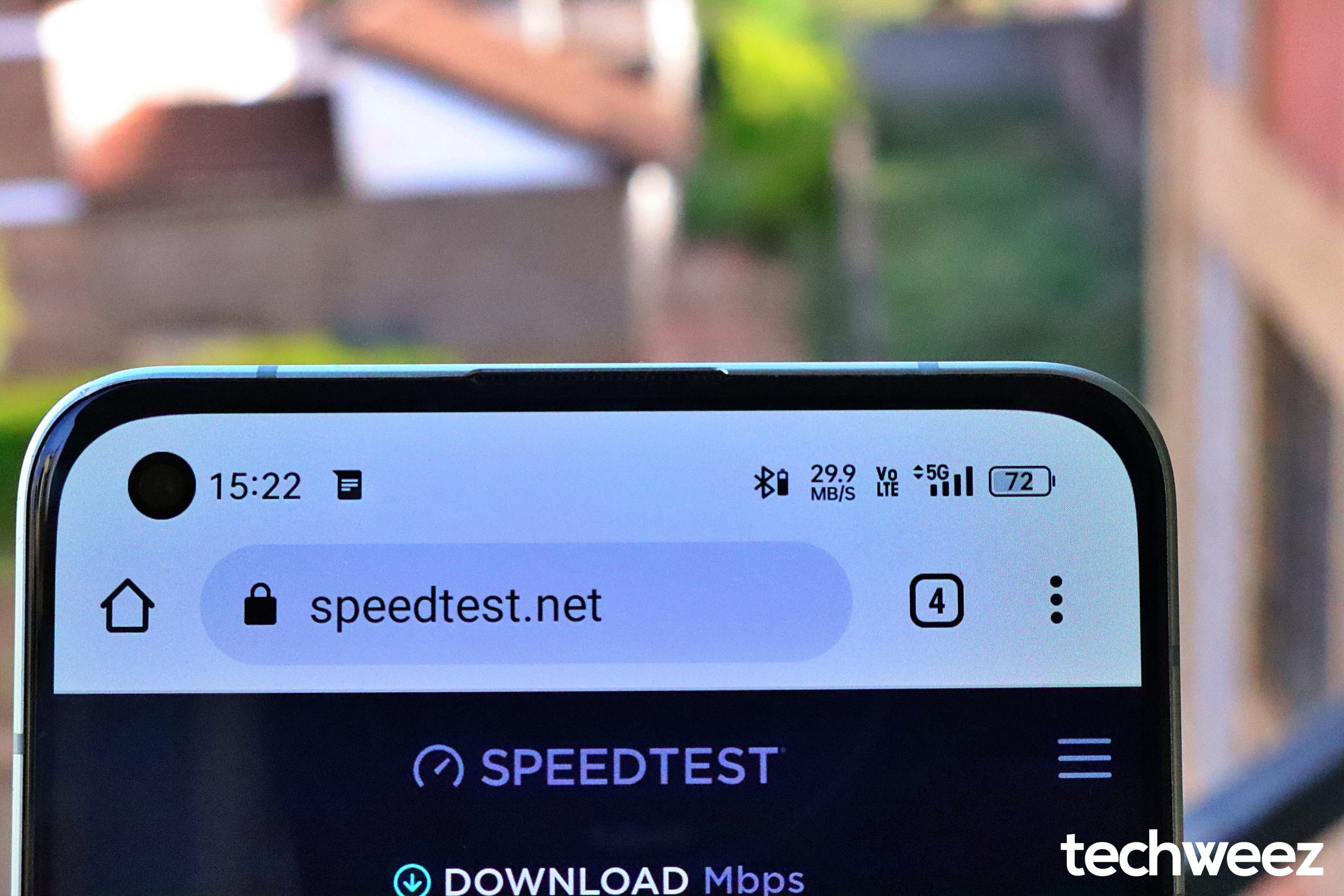Safaricom first announced it had started piloting 5G services in March 2021. A lot of time has passed since, and there is no word when the service will go live for all. However, there are some key developments that have been made by the carrier as it ramps up commercial launch.
As said, pilot tests were first revealed to Kenyans in March 2021. At that time, there were only two base stations in the country: in Nairobi at the carrier’s headquarters, and in the lakeside city, Kisumu. Over 2021, though, Safaricom added more stations, having told members of the media that it was testing the service in select parts of Nairobi, Nyanza, Western Kenya and at the Coast.
In the same year, we got connections along Waiyaki Way, Two Rivers and as far as Amboseli. This year, members of the public revealed that they were getting a connection at Yaya Centre, for which we got the same results too. And toward the end of 2021, the carrier had added 200 5G sites across the country, although they could be more by now.
These numbers are high, but others such as Airtel say that they have upgraded more than 600 sites within Nairobi, Malindi and Mombasa to be 5G-ready whenever the service will be launched.
Safaricom had also reported that it is increasing 5G test sites to also supplement its carrier network as 5G can be used as an alternative to home fibre and fibre for business services.
It should also be remembered that many phone makers are rushing in releasing affordable 5G devices to allow customers to connect to the network whenever it becomes mainstream.
The likes of TECNO and Infinix have 5G devices in their lineup, some of which have hit the market. Xiaomi Kenya also has 5G devices, which it released to Kenyans for between KES 20K to KES 25K.
Others include high-end devices from Samsung and Apple. However, we have only noticed that Samsung devices powered by Qualcomm chipsets are capable of linking up to Safaricom 5G. Those with Exynos might need a software update to do so, and that includes the likes of the S20 series that was released more than two years ago.
The OPPO Reno6 5G is also one of the devices that is supported too, although we are certain the Reno7 5G does the same thing too, although we are yet to test it.
Chipmakers such as MediaTek have been working with Safaricom to ensure that their Dimensity chips work perfectly on Safaricom 5G.
MediaTek had also asked the Kenya government to avail more spectrum for faster 5G adoption. And while 5G has a bigger capacity to accommodate more users, its packages are bigger, meaning that data packages have to be revised to ensure that they are affordable to customers.
Just the other day, MediaTek, telecoms firm and mobile phone manufacturer Nokia, as well as STC are the first companies became the first companies to successfully verify 63 Component Carrier Aggregation (3CC-CA) in a 5G Standalone (SA) network in the city of Makkah for the first time in the Middle East and Africa. Carrier aggregation is a provision in 5G, and also in 4G standards that operators use to offer faster internet speeds to customers, and at an increased network capacity.
The last and latest development is that the CA has reportedly allocated 60 MHz of spectrum in the 2600 MHz band to Safaricom for 5G expansion. The band has been termed as the best spectrum for mass 5G rollout in the country. No additional details have been given, but it is likely the carrier is testing multiple bands to find the best option for commercial use.
Safaricom 4G coverage is at its best yet at 97 per cent according to the latest stats from the carrier that were revealed during the operator’s FY 2022 announcement.
Ethio Telecoms, the state-owned carrier has also launched 5G pilot tests. Safaricom Ethiopia is still setting base, and plans to roll out 4G sites by 2023.




























